Vermilion Snapper
The vermillion snapper is a medium sized shoaling fish occurring in the deeper waters off the warm temperate and tropical coasts of the eastern American seaboard.
View 13 listings
13
listings
–
price starting from
4
countries
–
to the nearest trip
Where and When?
Vermillion snapper are a species of the western Atlantic Ocean from North Carolina southwards to Santa Catarina in Brazil. Fisheries managers recognise three populations - one in the southern Atlantic, the second in the Gulf of Mexico and the third in the Caribbean Sea. Each population may have different fishing restrictions. Vermillion snapper are not often found close inshore and adults are rarely found in depths of less than 20 meters (66 ft.) but may occur as deep as 300 meters (984 ft.) at the edge of the continental shelf.
These fish are generally not associated with solid structure, such as reefs and wrecks, but are often found in large shoals above stony, rocky or sandy bottoms. Vermillion snappers may be caught throughout the year in the warmer water areas but less commonly in winter in the more temperate regions. Despite often feeding on bottom living organisms, this species usually shoals in the water column, well above low structure.
About Vermilion Snapper
The vermillion snapper (Rhomboplites aurorubens) is a streamlined, elongate snapper. It has an oblong body and small mouth with a slightly protruding lower lip. The species does not have large canine teeth but does have many smaller sharp teeth including some on the tongue. The colour is usually bright red on the dorsal surface fading to pink down the sides and ending in an almost white belly. There are a series of light blue lines running laterally down the body above the lateral line.
The maximum length recorded is 60 centimetres (24 in) but fish of 35 centimetres (14 in) are much more common with the heaviest fish recorded weighing 3.2 kilograms (7.1 lbs). The fish are fairly slow growing and long lived, with a maximum age of 15 years. Vermillion snapper mature at 1-2 years and predate on fish and invertebrates. Large fish are mostly found in fairly deep water and usually in quite large shoals. They often congregate with other species of red snappers and spawn in mid-August to mid-September in the northern temperate areas and year round in places like Trinidad and Tobago. There are no clear migrations but smaller fish are usually found closer to the shore than adults.
How to Catch?
A boat is essential to catch adult vermillion snapper as they spend most, or all, of their lives well offshore and usually in fairly deep water. As they are not a particularly large species, medium to light spinning tackle is most suitable and they may be caught using a variety of methods and baits.
In the past many anglers thought they were bottom associated fish but depth finders now clearly show that shoals of vermillion snapper are usually well above low structure and can be half way up the water column. If the fish are in deep water, a weight is necessary to get the bait down to them but it is all too easy to drop the bait right through the shoal to the bottom, where there are few vermillion snappers. If the water is not too deep, a good method is to cast a chartreuse jig (they seem to favor this color) and let it sink all the time watching the line go out.
If you have located a shoal of vermillion snappers in the depth finder, the line will often stop in the water column indicating a fish has taken the bait. Careful observation of the line will tell the angler when to set the hook. The use of chum bags can greatly assist with this fishing and a shoal may even be enticed to near the surface by slowly raising it. While hooking a vermillion snapper may not be the most exciting experience, there are often other, larger species, such as barracuda and amberjacks, that can add an explosive, exciting aspect to this fishing.
Listing Types
Similar Species
 Black Snapper
4 offers
Black Snapper
4 offers
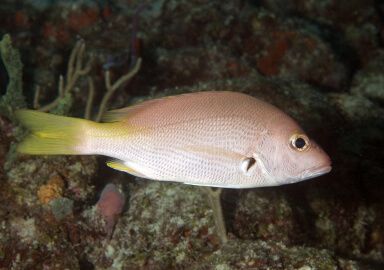 Blackfin Snapper
2 offers
Blackfin Snapper
2 offers
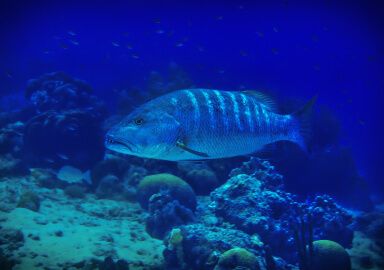 Cubera Snapper
30 offers
Cubera Snapper
30 offers
 Gray Snapper
5 offers
Gray Snapper
5 offers
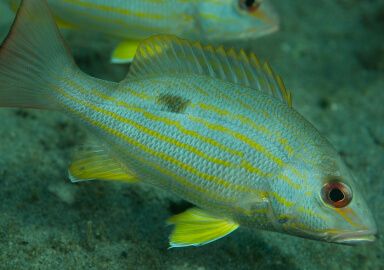 Lane Snapper
14 offers
Lane Snapper
14 offers
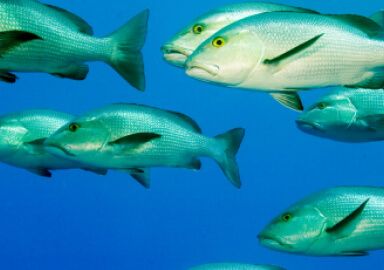 Mangrove Snapper
42 offers
Mangrove Snapper
42 offers
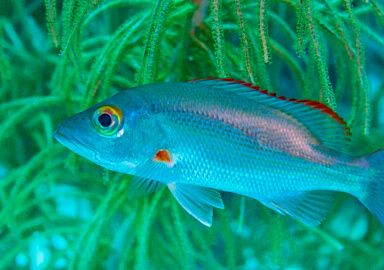 Mohogany Snapper
1 offer
Mohogany Snapper
1 offer
 Mullet Snapper
6 offers
Mullet Snapper
6 offers
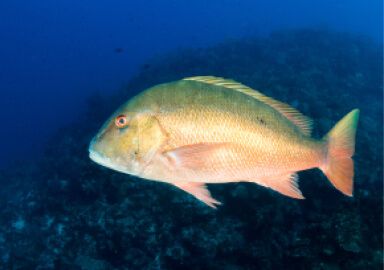 Mutton Snapper
22 offers
Mutton Snapper
22 offers
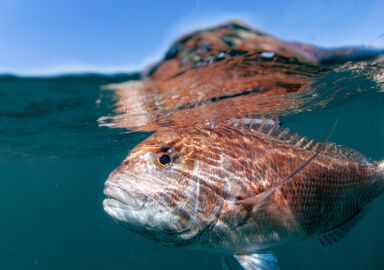 Pink Snapper
2 offers
Pink Snapper
2 offers
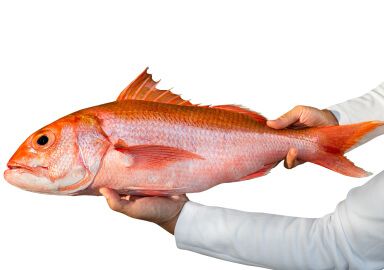 Queen Snapper
6 offers
Queen Snapper
6 offers
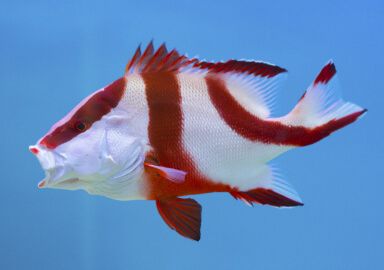 Red Emperor Snapper
7 offers
Red Emperor Snapper
7 offers
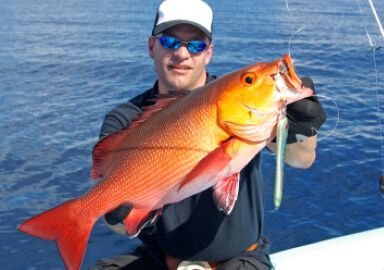 Red Snapper
99 offers
Red Snapper
99 offers
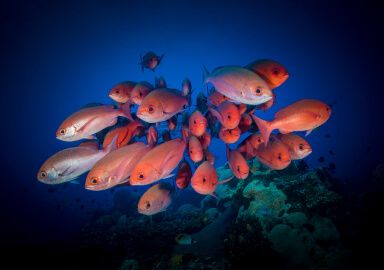 Short-Tail Red Snapper
1 offer
Short-Tail Red Snapper
1 offer
 Silk Snapper
3 offers
Silk Snapper
3 offers
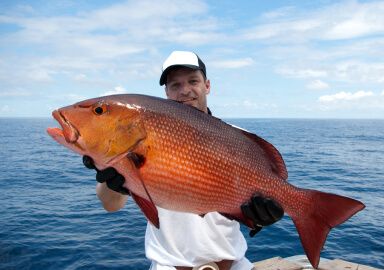 Snapper
276 offers
Snapper
276 offers
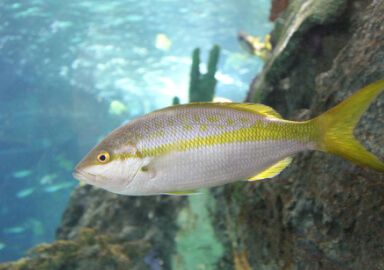 Yellowtail Snapper
24 offers
Yellowtail Snapper
24 offers







